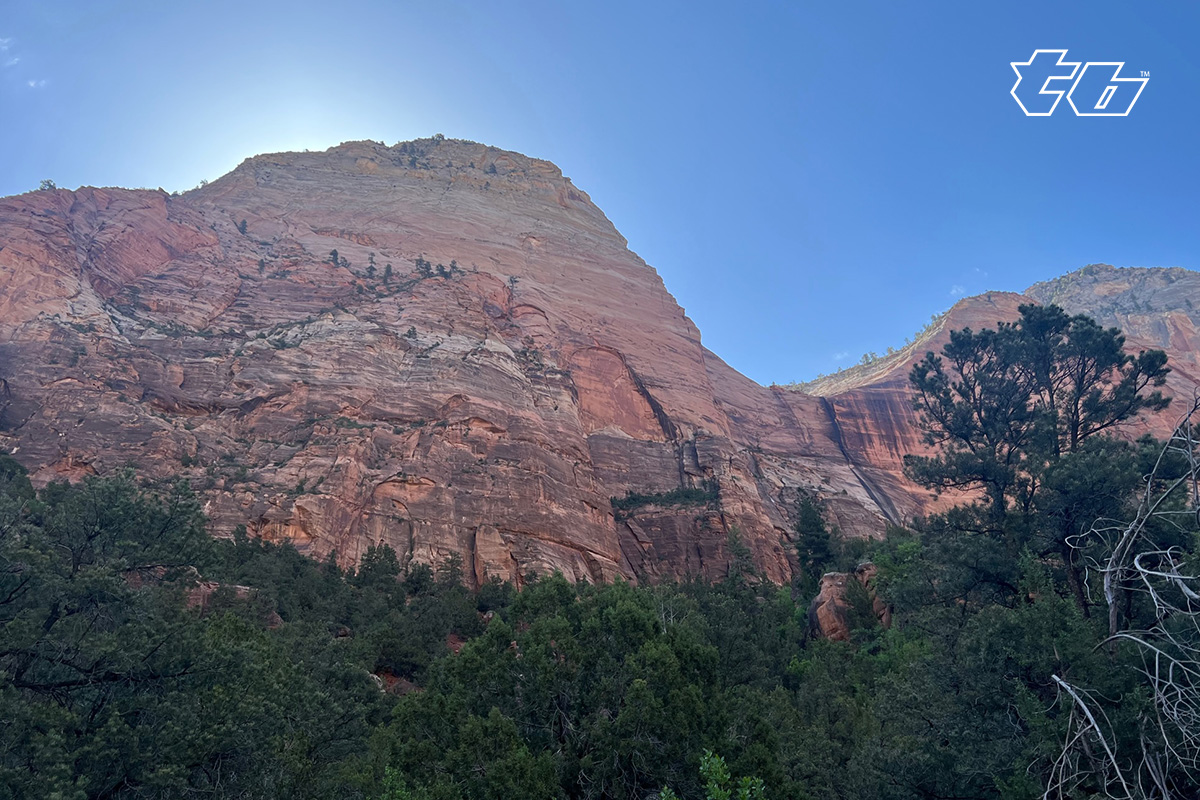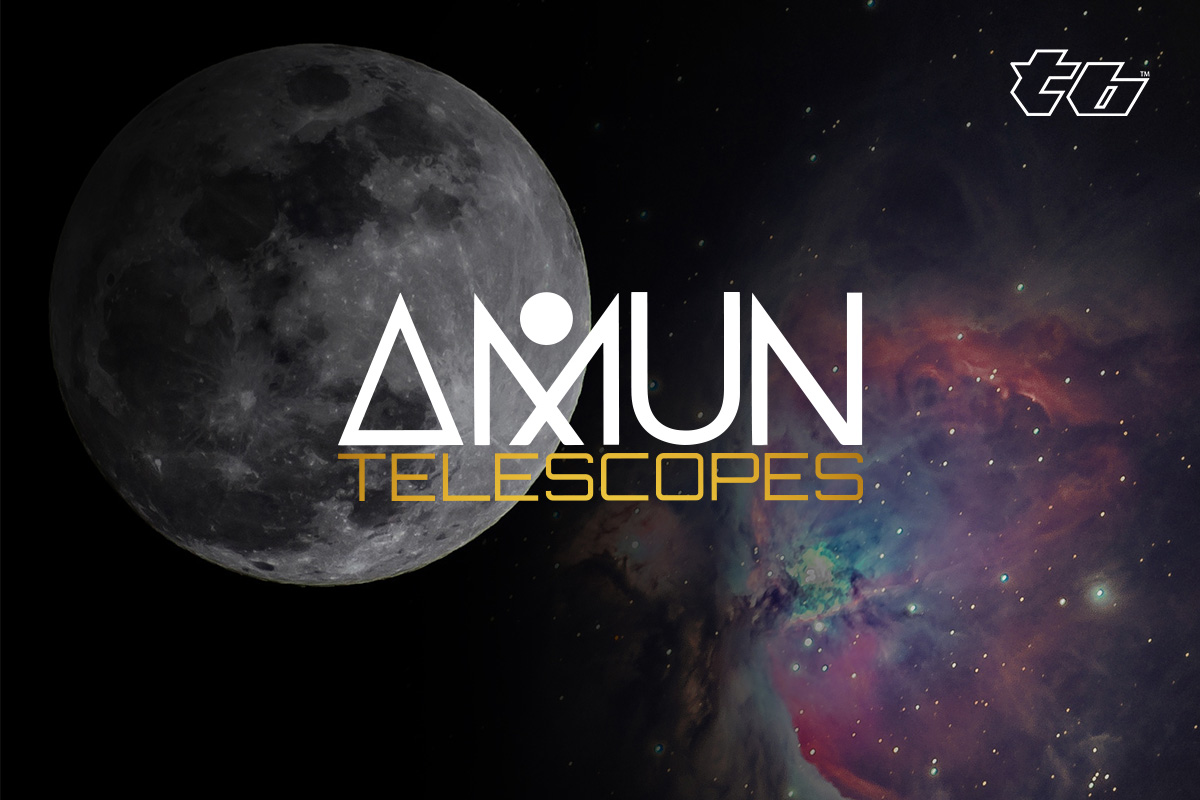Zion National Park is located in Washington, Iron, and Kane Counties in southwestern Utah, and it’s the perfect place for a fun getaway! The park covers 232 square miles, so there’s no shortage of stunning canyon country to explore. Plus, with high plateaus, a maze of narrow, deep, sandstone canyons, and the Virgin River and its tributaries, you’ll never be at a loss for adventure. So get ready for an unforgettable vacation – Zion National Park awaits!
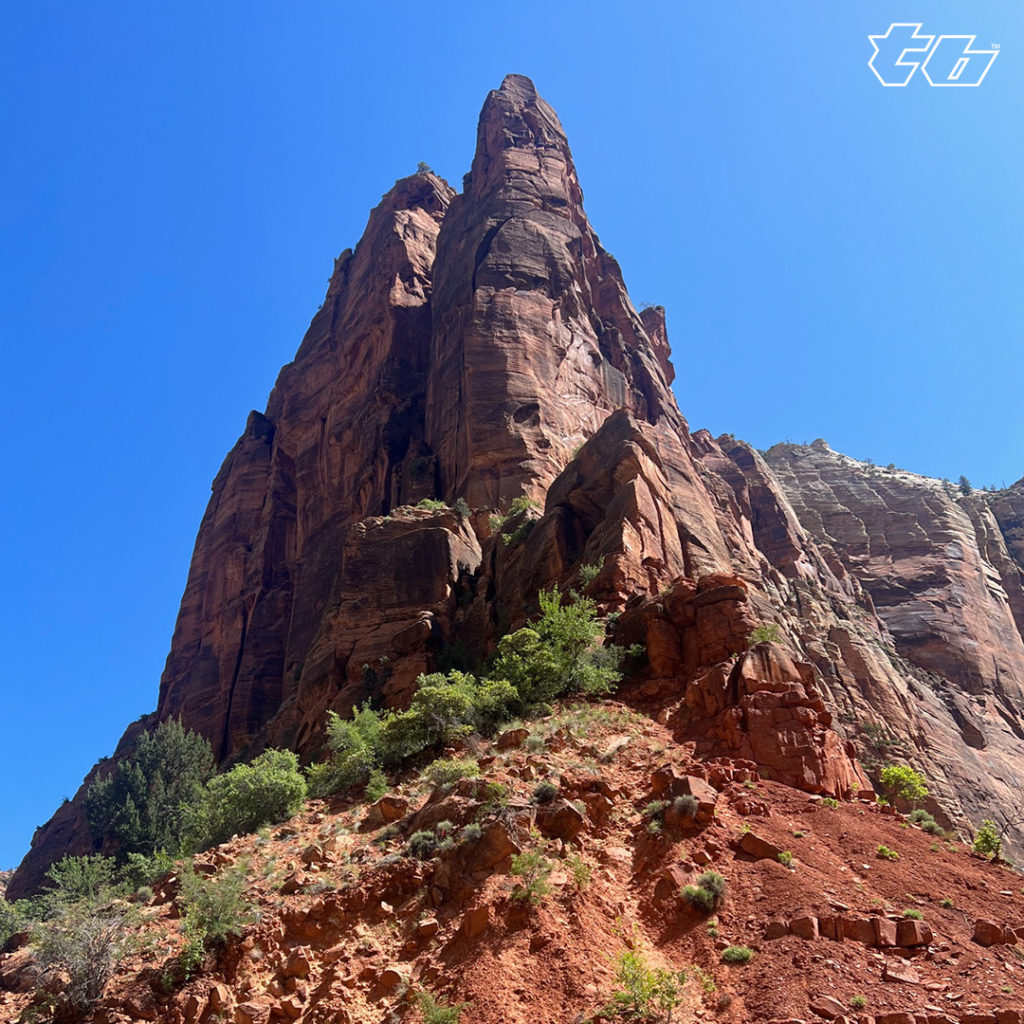
The Watchman
The captivating peak of Fisher Towers stands tall, overlooking the breathtaking red rock landscape of Utah’s Colorado Plateau. Early pioneers, however, referred to this mountain as Flanigan Peak due to the Flanigan family homestead which was set at the base of the feature. Its impressive structure is composed of the Navajo Sandstone, with a red shale outcropping of the Kayenta Formation along the lower slopes. Fisher Towers truly stands as a watchman, guarding the south entrance to the park.
Court of the Patriarchs
Be captivated by the breathtaking views of the three patriarchs – Abraham, Isaac, and Jacob – in Zion Canyon. It was back in 1916 when Dr. Frederick Vining Fischer and two local boys from Southern Utah were so inspired and moved by the majestic scenery that they named many of the peaks they observed after religious figures. To get the best view of the three peaks, take the short yet steep trail to the overlook on the east side of the Zion Canyon Scenic Drive. This is definitely an experience you won’t want to miss!
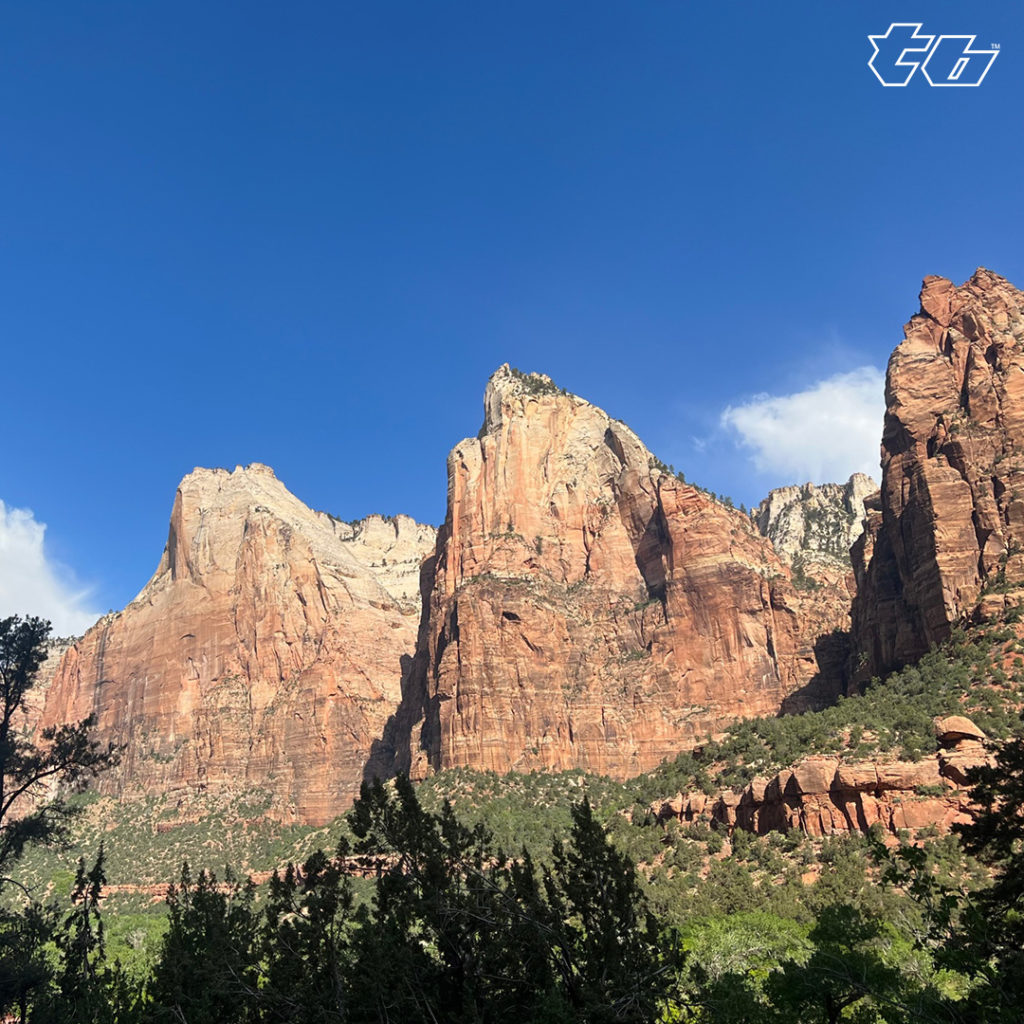
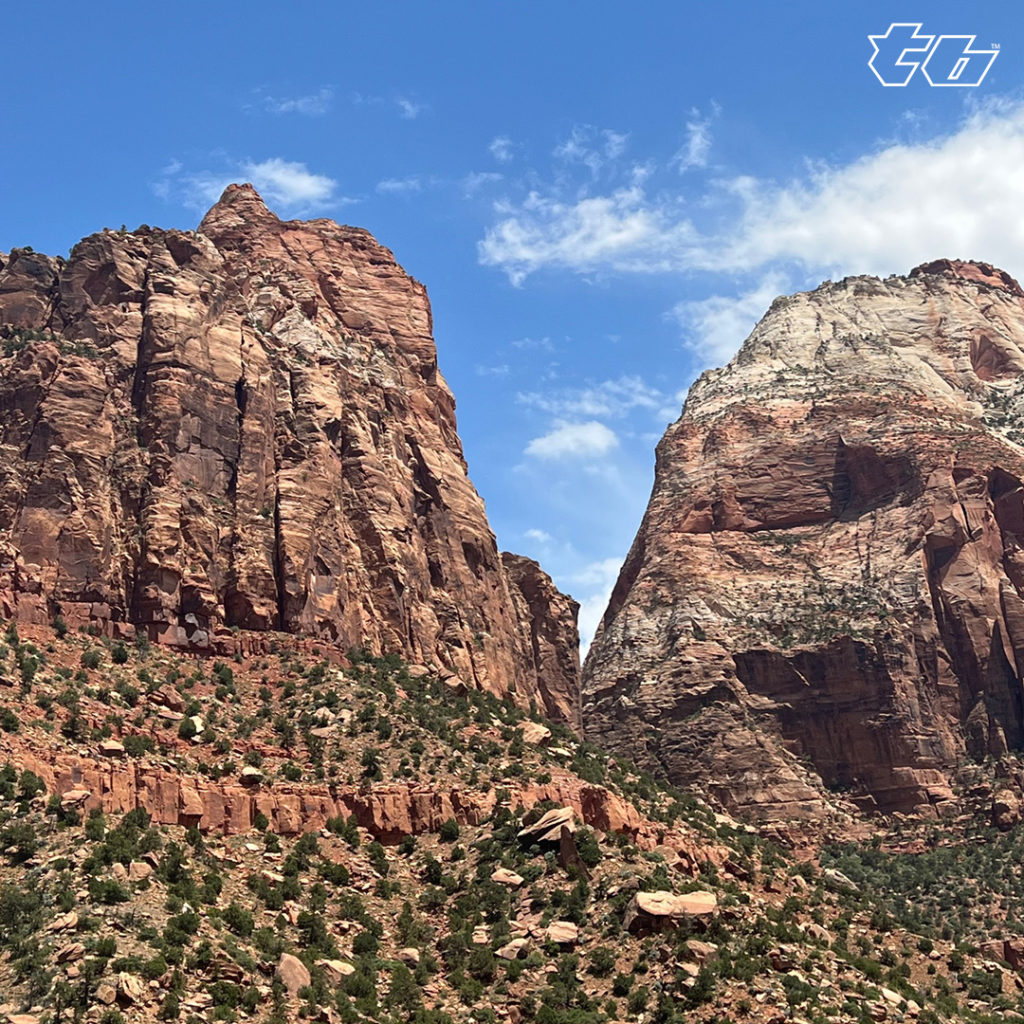
Sediment of Zion
Captivatingly, Zion was a relatively flat basin near sea level 240 million years ago. As sands, gravels, and muds eroded from the surrounding mountains, streams carried these materials into the basin and deposited them in layers. The sheer weight of the accumulated layers caused the basin to sink, so that the top surface always remained close to sea level. As the land rose and fell and the climate changed, the depositional environment fluctuated from shallow seas to coastal plains to a desert of massive windblown sand. This process of sedimentation went on for millions of years until over 10,000 feet of material had been deposited.
Visiting Zion National Park in late spring or early fall is an experience like no other. From April to May and September to October, the weather is ideal for exploring, the crowds are minimal, and the hiking conditions are optimal. This is the perfect time for the average national park explorer to get out and experience Zion’s breathtaking landscape. I sure had a blast visiting in May of 2023 and I highly recommend it!

